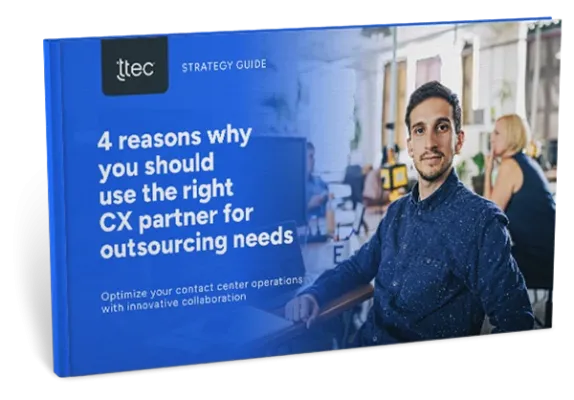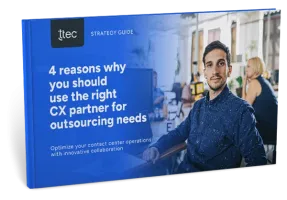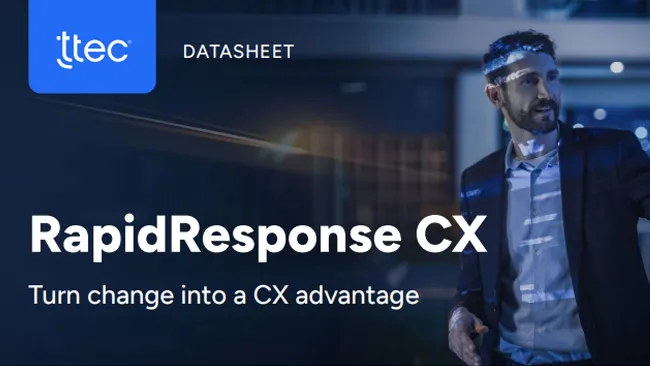The travel and hospitality industry faces unique fraud challenges due to high transaction values and complex booking patterns. The sector lost an estimated $11.2 billion to payment fraud, with individual fraudulent bookings averaging $1,500 in losses. Account takeover incidents increased 65% year over year, while chargebacks now affect 2.3% of online travel transactions.
Let’s do a deeper dive into fraud patterns in the travel industry and strategies companies can use to mitigate fraud losses while not adding friction to customer journeys. To start, let’s break down payment fraud patterns that are seen by travel and hospitality companies:
Credit card fraud represents the most common threat. Fraudsters use stolen card information to make travel bookings, often targeting high-value reservations like international flights or luxury hotel stays. They frequently focus on last-minute bookings to minimize the time available for detection before service delivery. For example, a criminal might book a $5,000 first-class flight departing within 24 hours, knowing that by the time the legitimate cardholder discovers and disputes the charge, the service will already be used or resold.
Card testing fraud serves as a precursor to larger schemes. Criminals test stolen cards with small transactions like seat assignments or baggage fees, typically ranging from $5 to $25. Once they confirm a card works, they proceed with larger fraudulent bookings. Automated systems can test hundreds of cards quickly.
Refund manipulation takes advantage of travel’s complex payment processes. Fraudsters make legitimate-looking bookings with stolen cards, then cancel to obtain refunds. Sophisticated schemes involve multiple bookings with varying cancellation terms to exploit policy differences.
Chargeback fraud, also called friendly fraud, occurs when seemingly legitimate customers dispute valid charges. In travel, this often involves disputes over cancellation fees or service quality. A customer might book a non-refundable hotel room, use the service, then claim they never stayed there to get their money back. The complex nature of travel services makes these claims particularly challenging to dispute.
Payment method switching exploits booking modification policies. Fraudsters start reservations with valid payment methods, then change to fraudulent ones closer to service delivery. They take advantage of systems that don't fully re-verify payment methods during modifications.
Fraud prevention methodologies for travel and hospitality companies
Fighting fraud is not a futile battle for travel and hospitality companies. Effective payment fraud prevention requires sophisticated risk assessment that considers booking patterns and customer behavior. At TTEC, we work with companies to implement the following actions:
- Comprehensive transaction screening that evaluates multiple risk factors including booking timing, traveler details, and payment method characteristics. Advanced systems can reduce fraud rates by 60% while maintaining acceptance rates for legitimate transactions.
- Dynamic authentication that adjusts verification requirements based on risk levels. High-risk bookings might require enhanced verification, while trusted customers enjoy streamlined experiences. This approach has shown a 45% reduction in false declines.
- Multifactor authentication for high-risk transactions, particularly last-minute international bookings. Companies implementing adaptive authentication report 35% lower fraud rates without significant impact on conversion.
Building robust fraud prevention: A travel industry implementation guide
Travel and hospitality companies must take decisive action to protect against evolving fraud threats.
First 30 days: Foundation building
The journey begins with a thorough assessment of your current fraud prevention capabilities. Start by analyzing your transaction data from the past six months, identifying patterns in fraudulent bookings, and calculating your true fraud costs including chargebacks, operational expenses, and lost revenue. This baseline understanding guides your strategy development.
During this initial phase, form a dedicated fraud prevention team that includes representatives from payments, customer service, IT, and operations. This cross-functional team should meet weekly to review fraud patterns and coordinate response strategies. Create clear communication channels and establish initial response protocols for suspected fraud.
Days 31-90: Technology implementation
With your foundation in place, focus on implementing essential technology solutions, like Sift. Begin by deploying a real-time transaction monitoring system that can screen bookings for fraud indicators. This system should consider multiple risk factors including booking timing, travel patterns, and payment characteristics.
Implement risk-based authentication that adds security measures for high-risk transactions while maintaining smooth experiences for trusted customers. Configure your booking systems to flag suspicious patterns like multiple bookings from the same IP address or unusual travel combinations.
Days 91-180: Process optimization
Now turn your attention to optimizing operational processes. Develop detailed procedures for fraud investigation and response, including clear escalation paths for high-risk situations. Train your customer service teams to recognize fraud indicators and handle suspected fraud cases appropriately.
Create comprehensive documentation requirements for all bookings, ensuring you capture the evidence needed to fight chargebacks effectively. Implement automated dispute response systems that can quickly compile and submit evidence when chargebacks occur.
Start the journey today
Is your company frustrated by the inability to reduce chargeback rates or fraudulent transaction rates? Here are five actionable steps you can take today:
- Calculate your current fraud rates and associated costs
- Identify your most vulnerable booking channels and services
- Review your current fraud prevention tools and identify gaps
- Schedule a fraud prevention strategy session with your key stakeholders
- Contact TTEC or Sift to review our fraud prevention capabilities
Remember, effective fraud prevention is not a destination but a journey of continuous improvement. The sooner you begin implementing these measures, the better positioned you’ll be to protect your revenue and reputation in an increasingly challenging fraud landscape. Let TTEC help you build the strong fraud prevention foundation your business needs.















